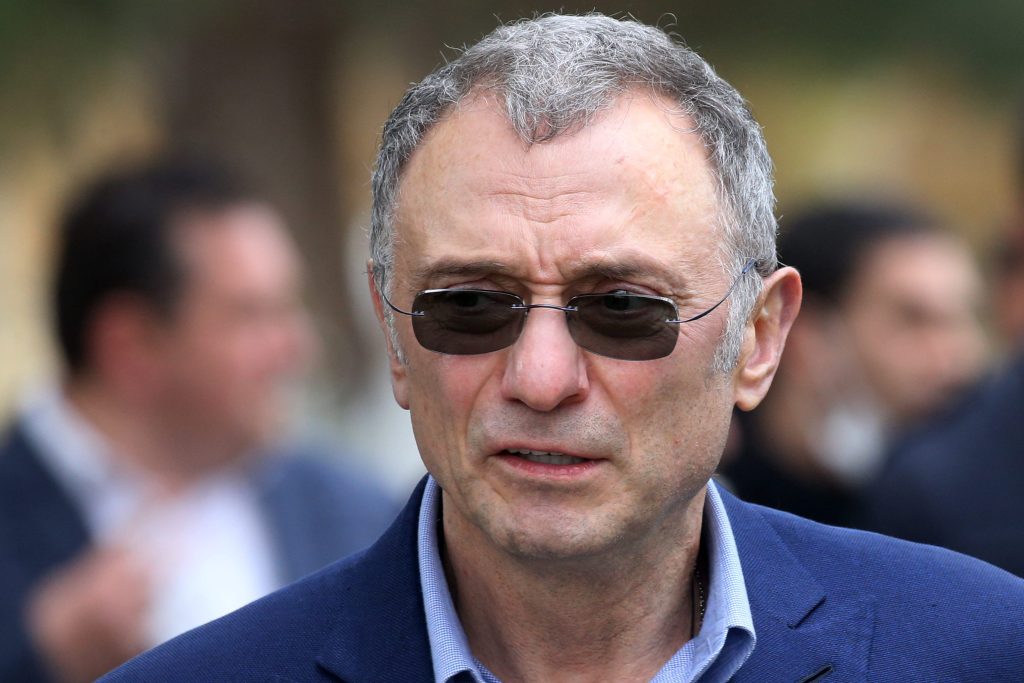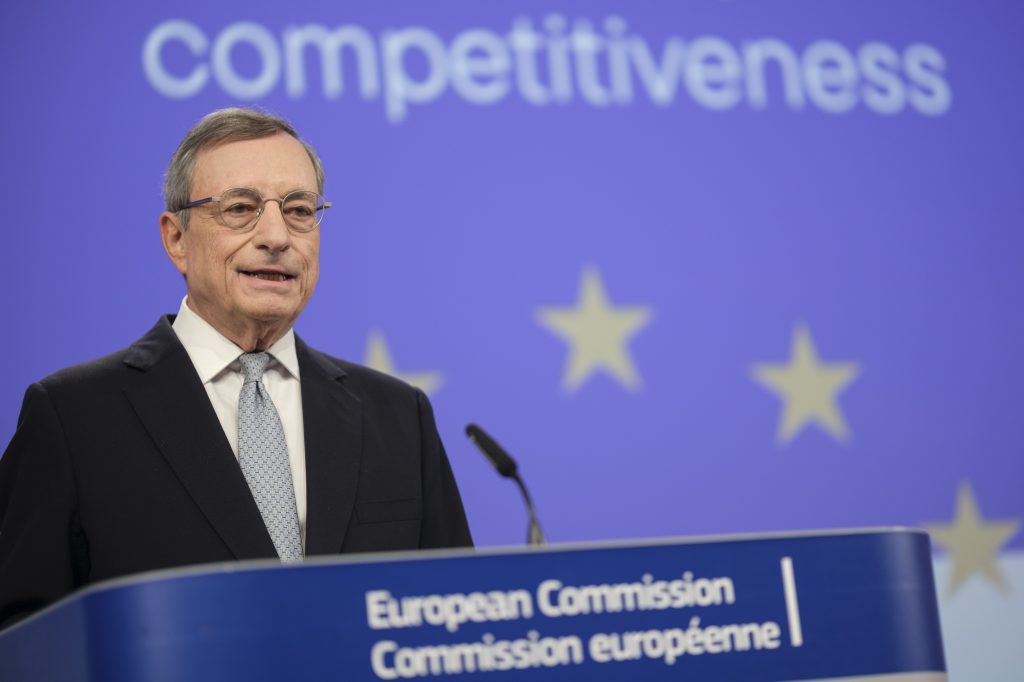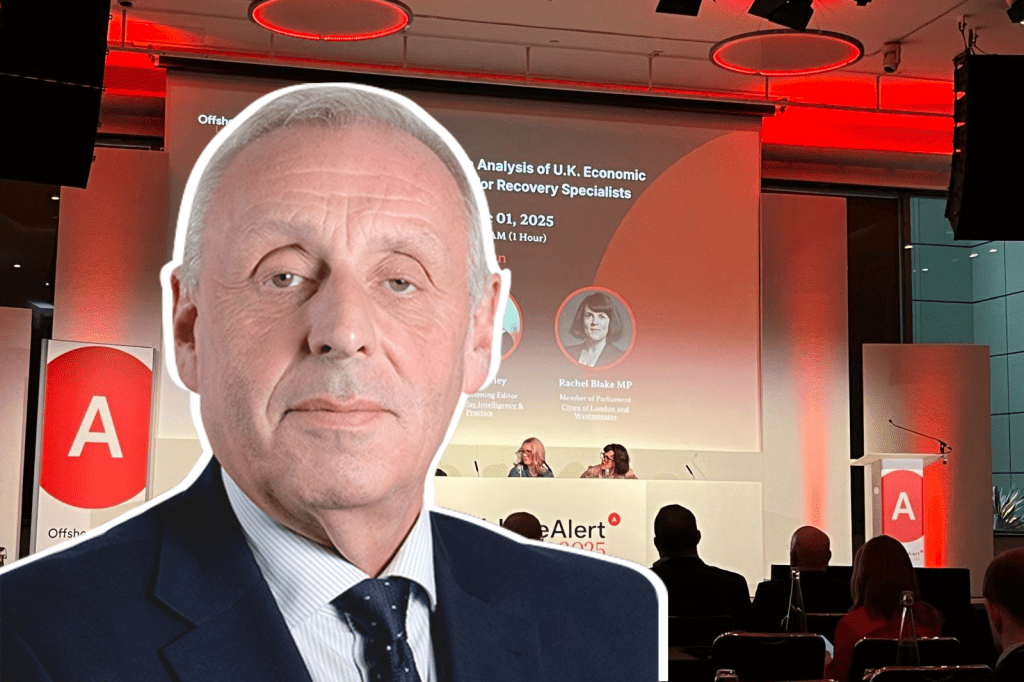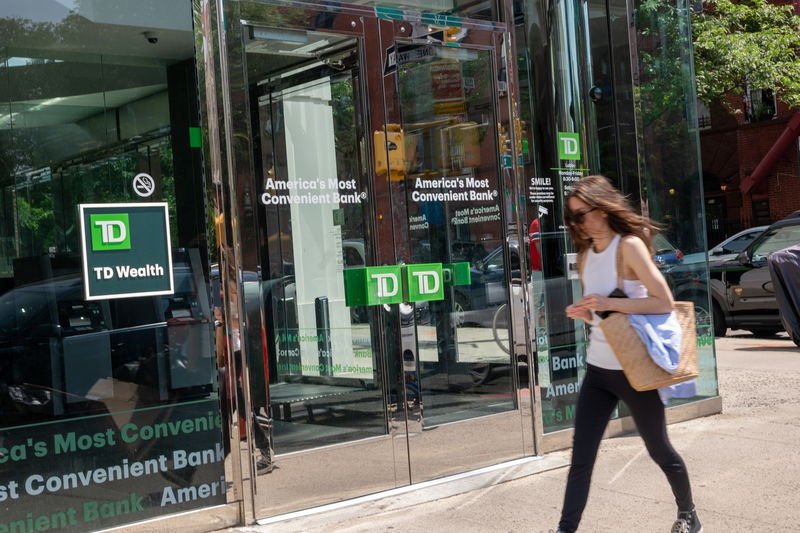The Toronto-Dominion Bank (TD), commonly known as TD Bank Group, is one of the largest and most influential financial institutions in North America. Serving over 27 million customers globally, TD offers a broad range of services, including personal banking and wealth management, while maintaining a strong presence in both Canada and
Register for free to keep reading.
To continue reading this article and unlock full access to GRIP, register now. You’ll enjoy free access to all content until our subscription service launches in early 2026.
- Unlimited access to industry insights
- Stay on top of key rules and regulatory changes with our Rules Navigator
- Ad-free experience with no distractions
- Regular podcasts from trusted external experts
- Fresh compliance and regulatory content every day

















